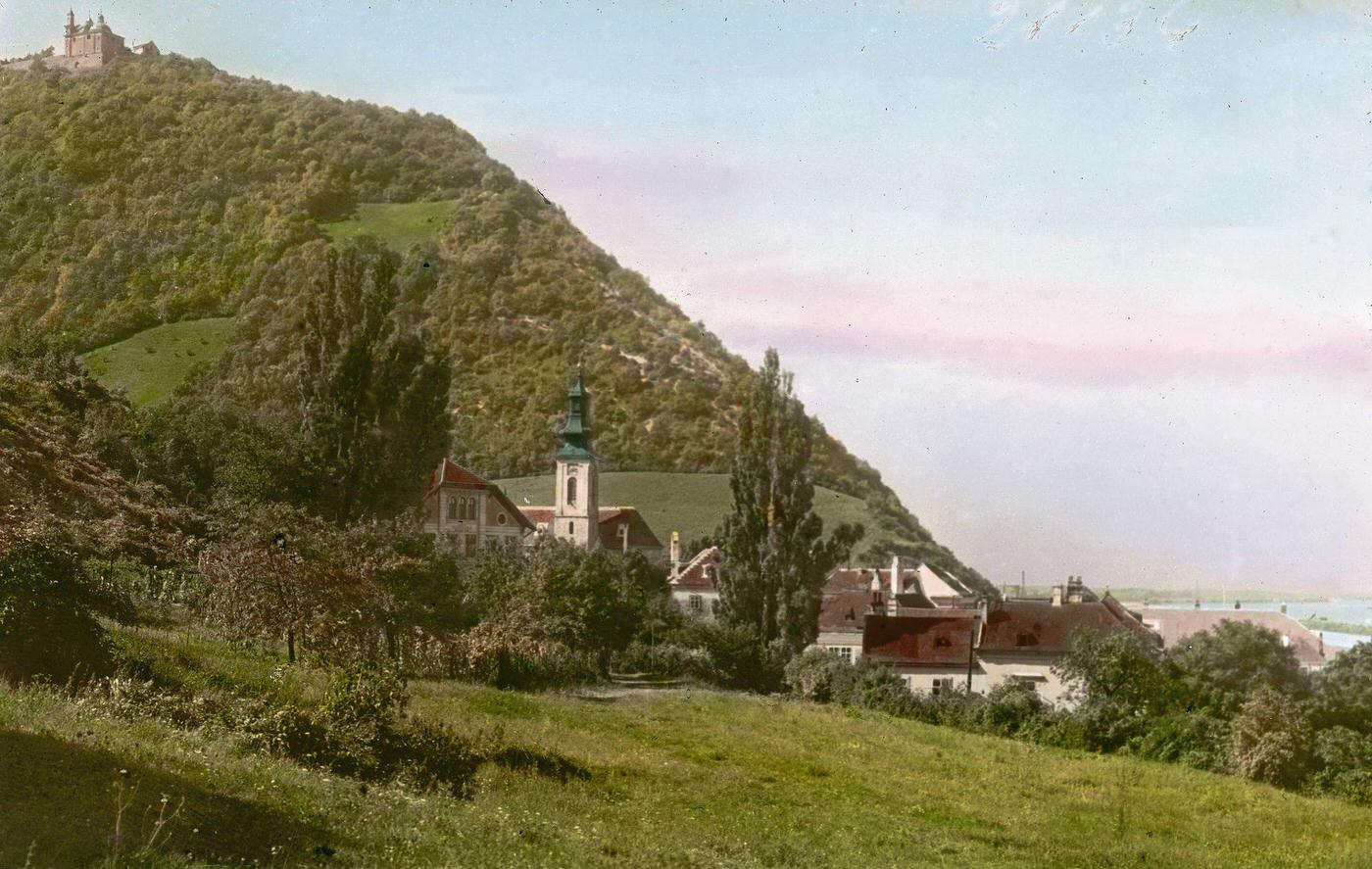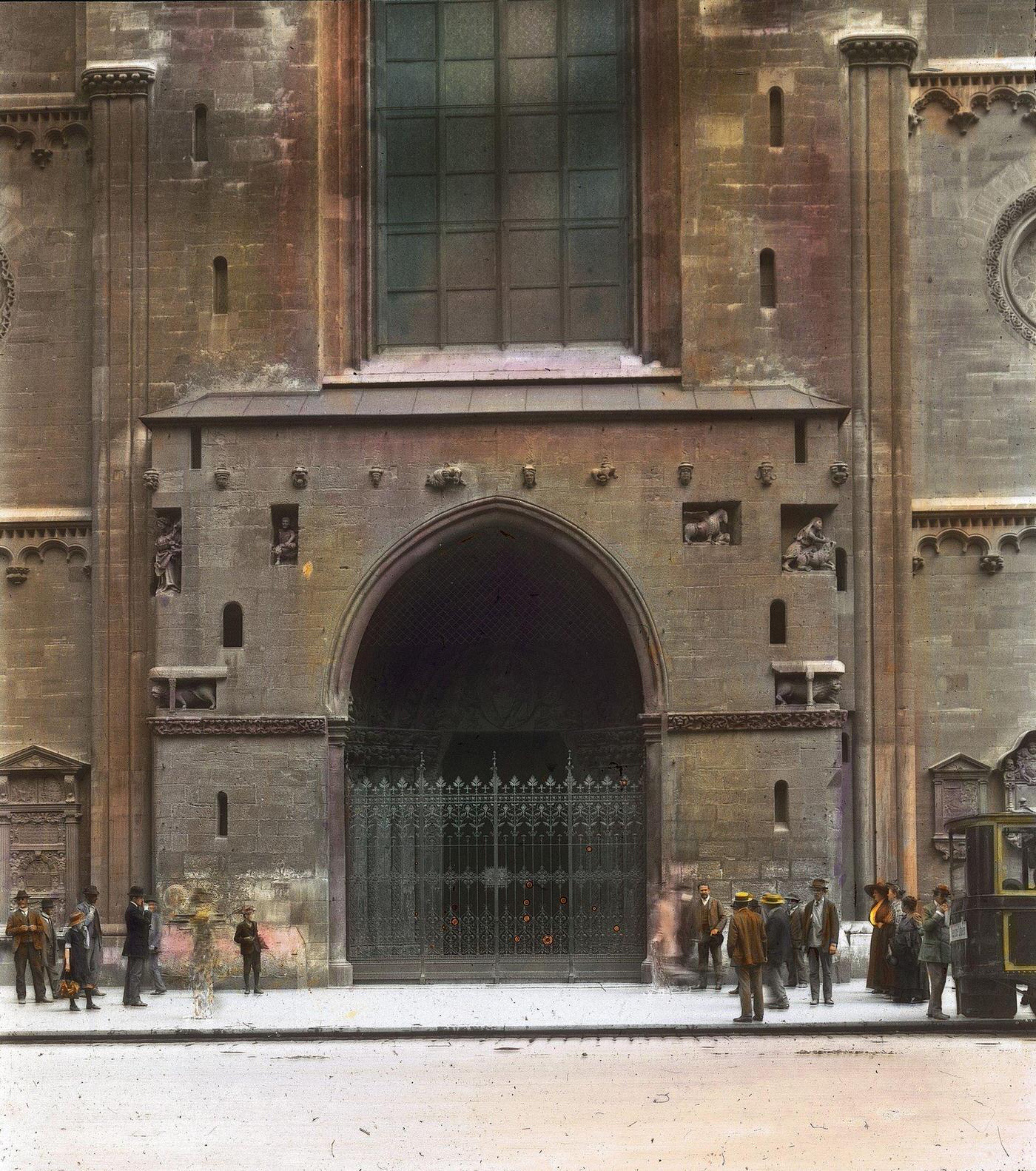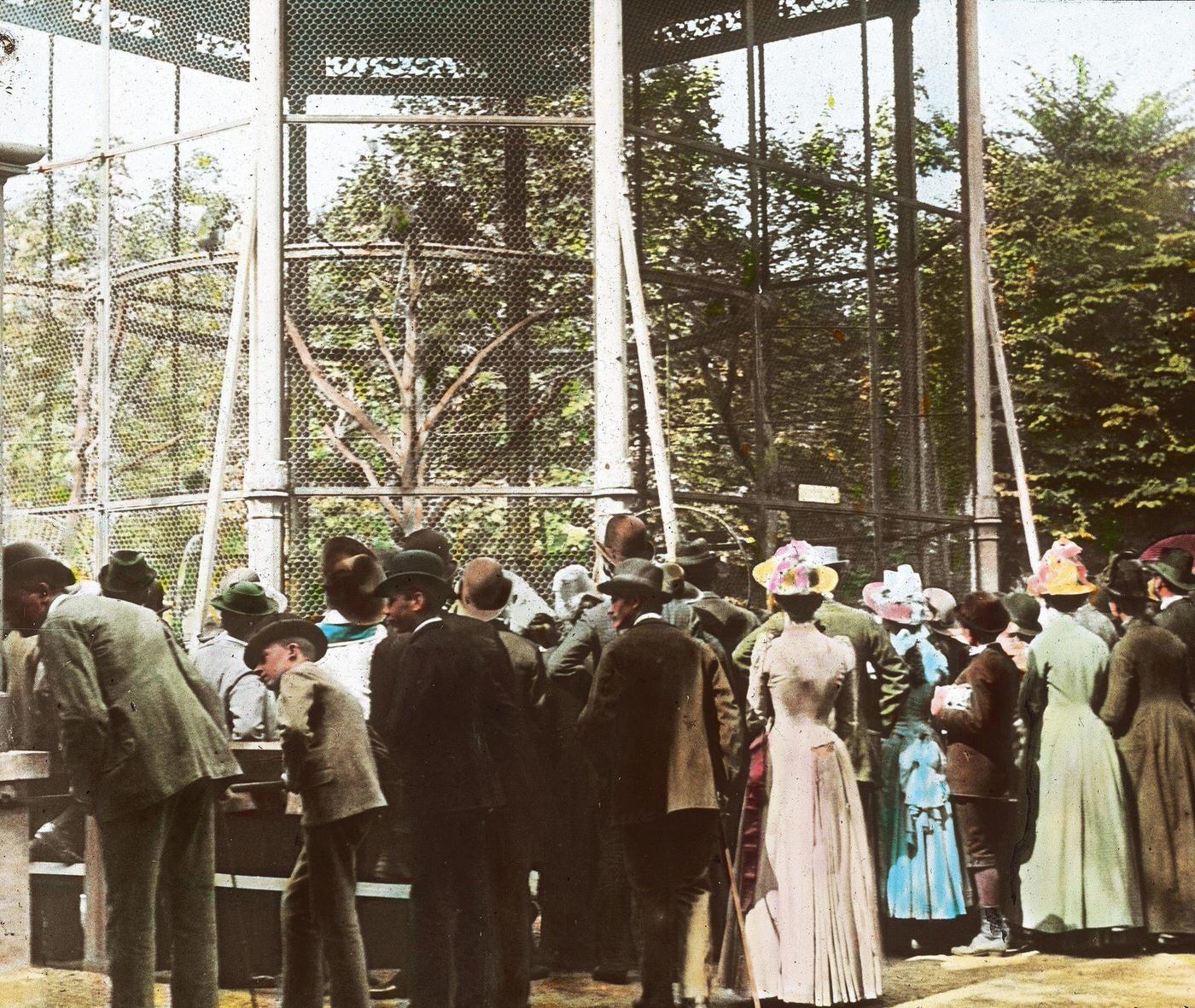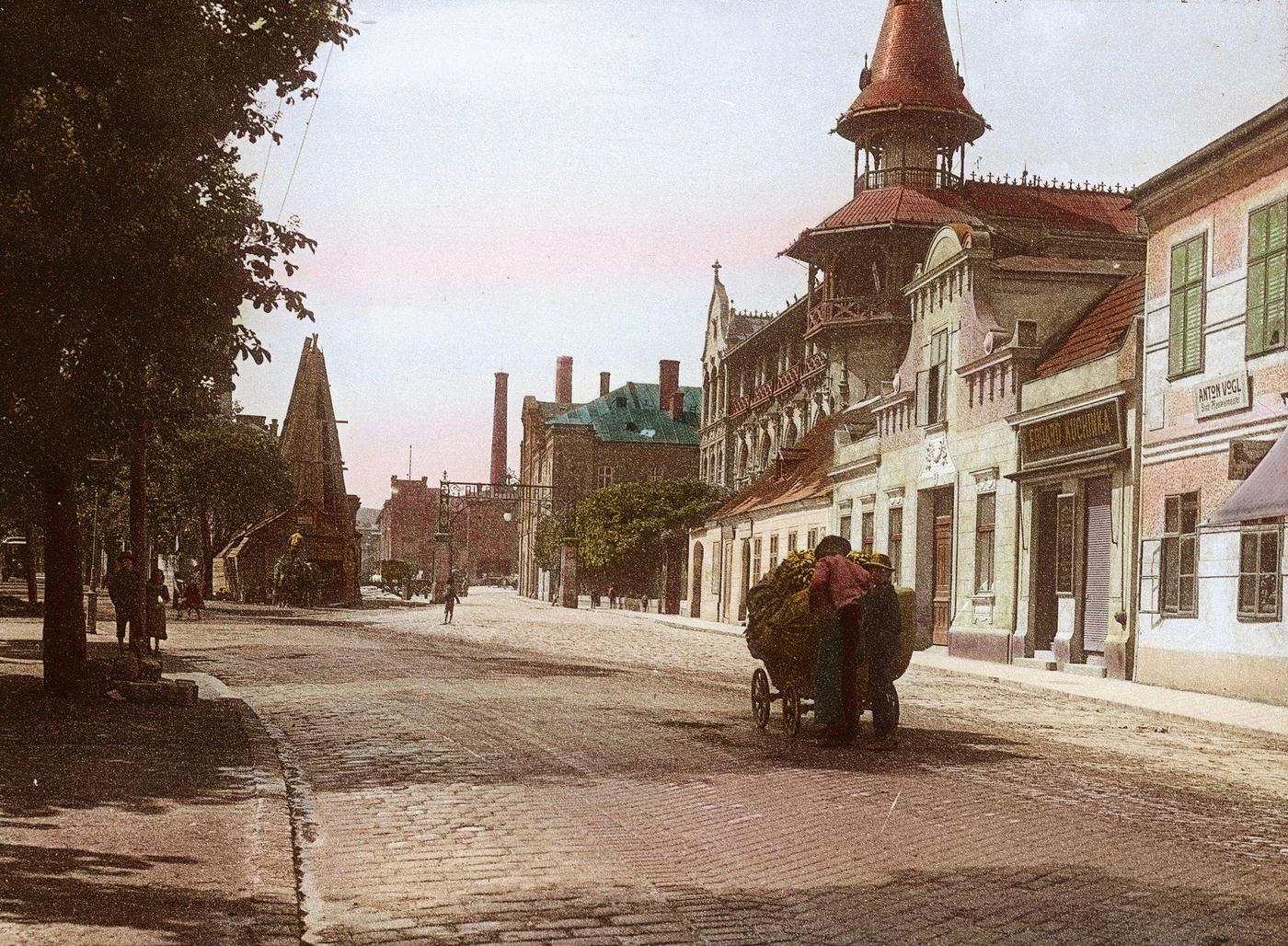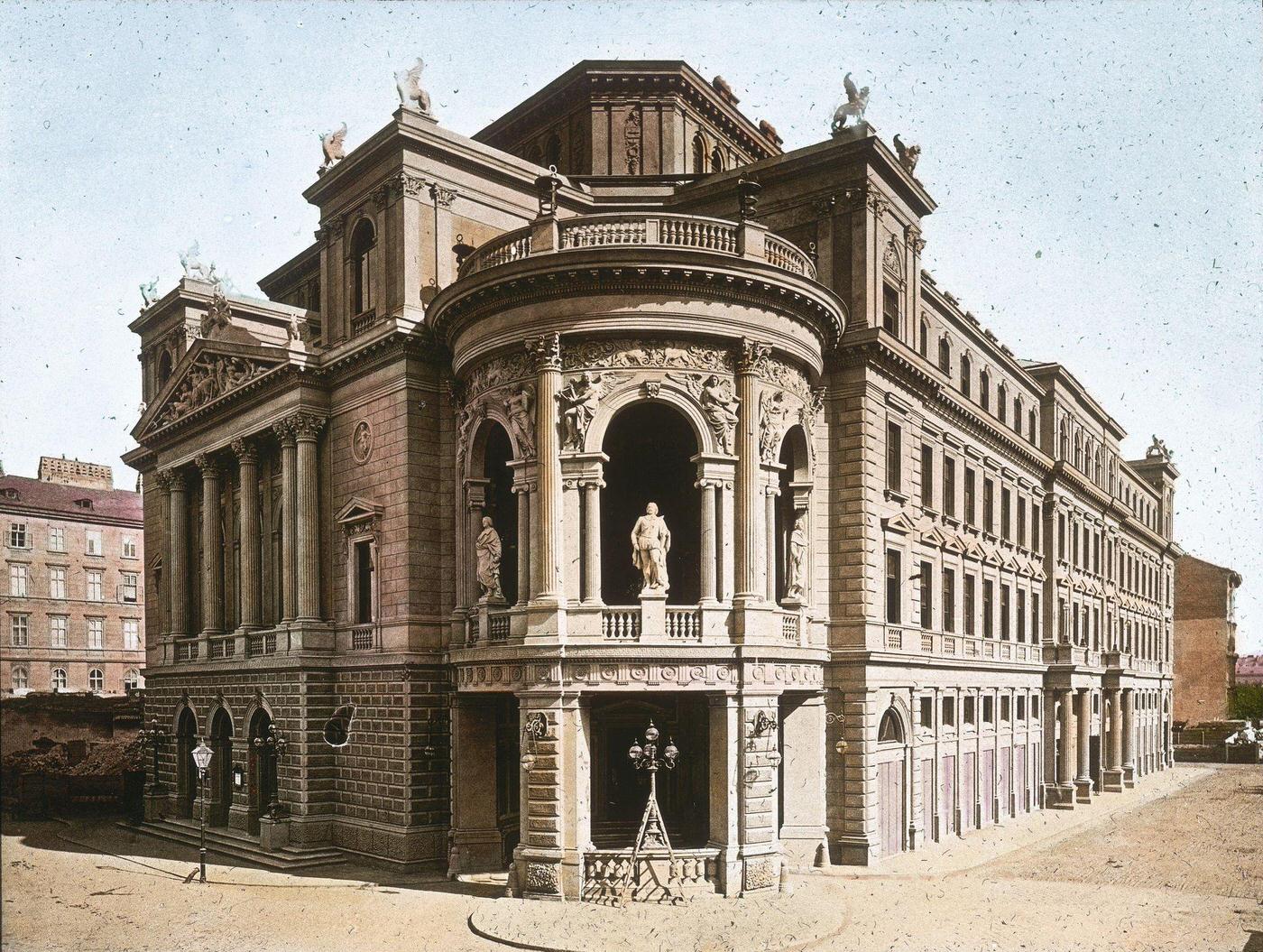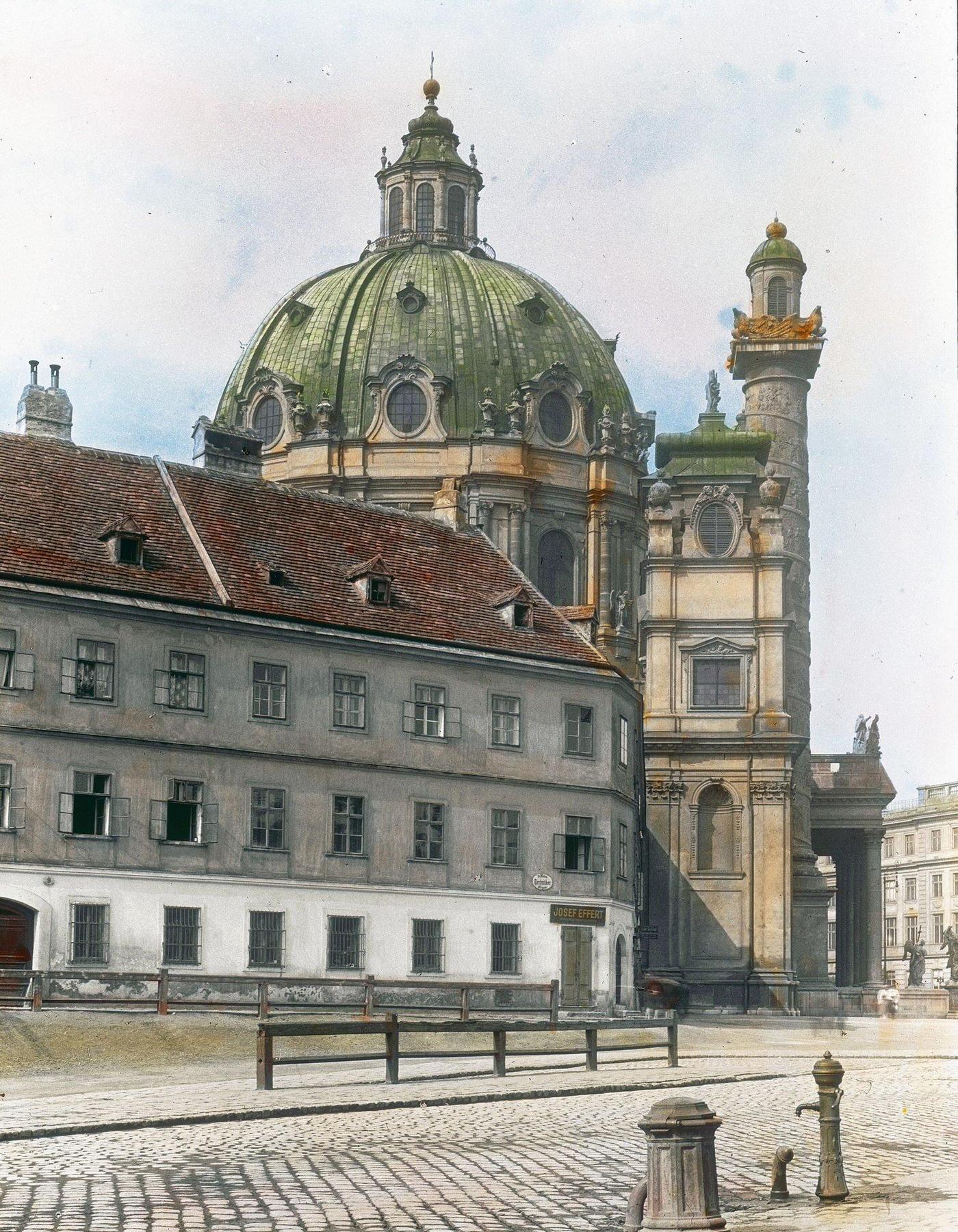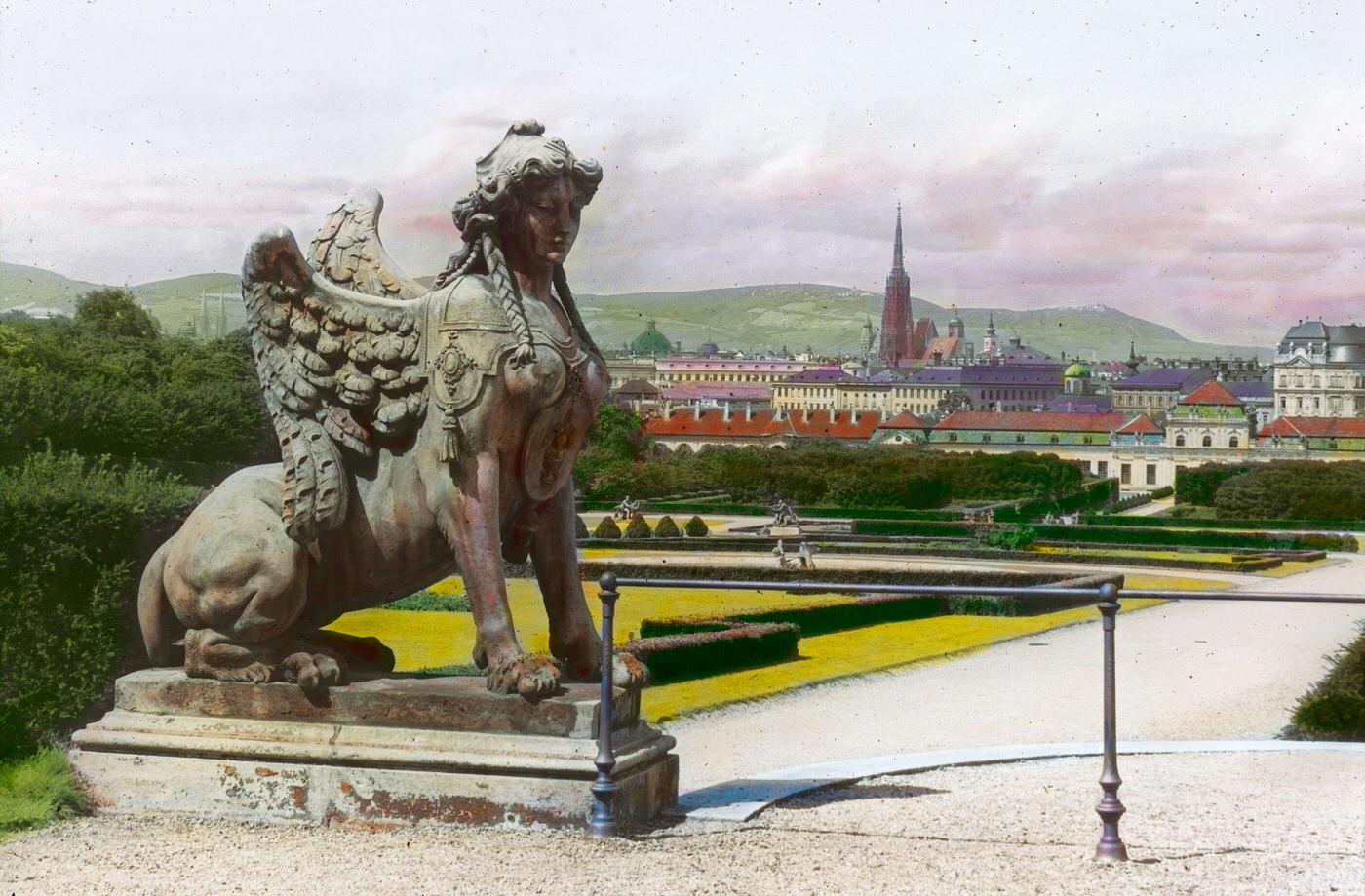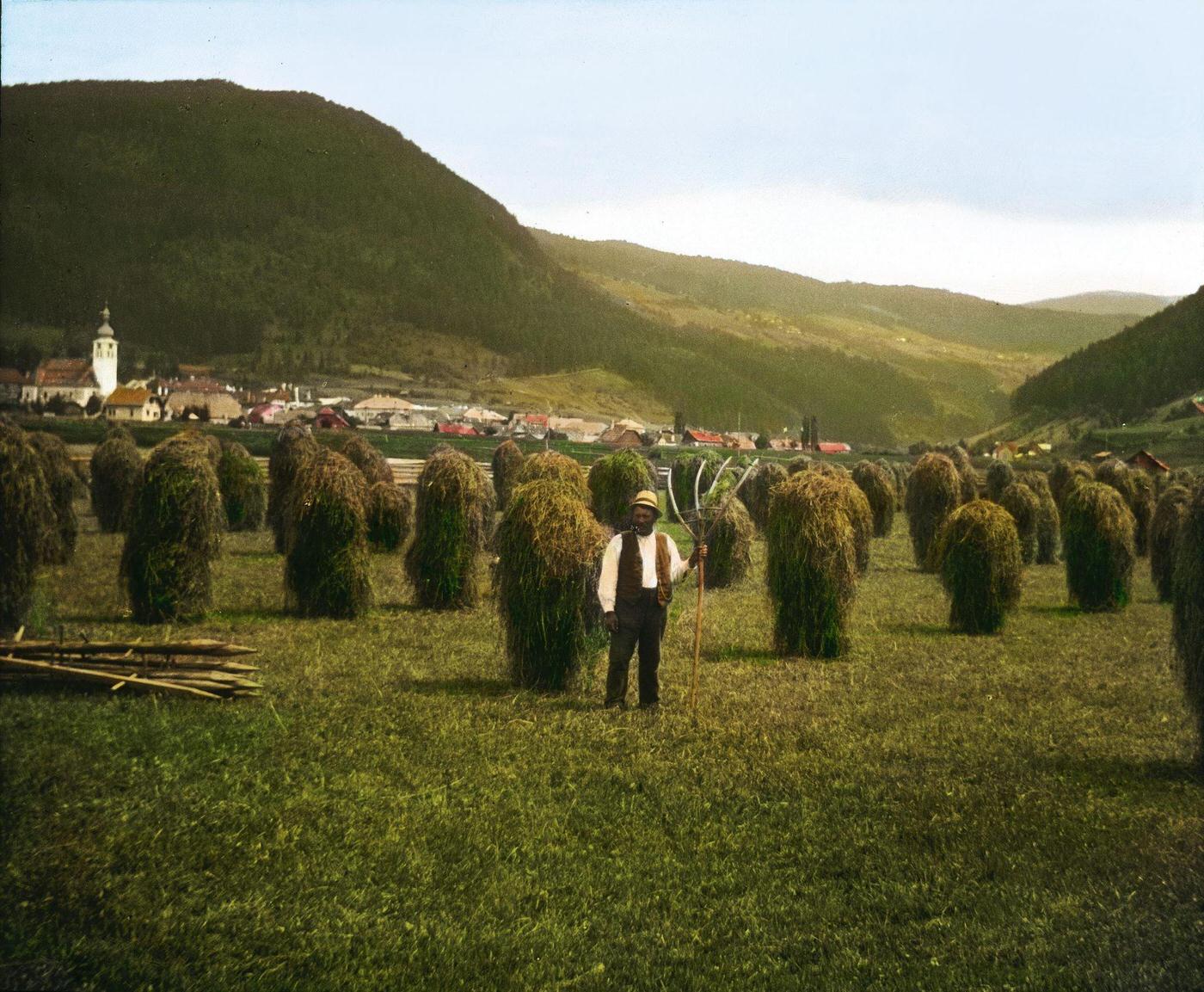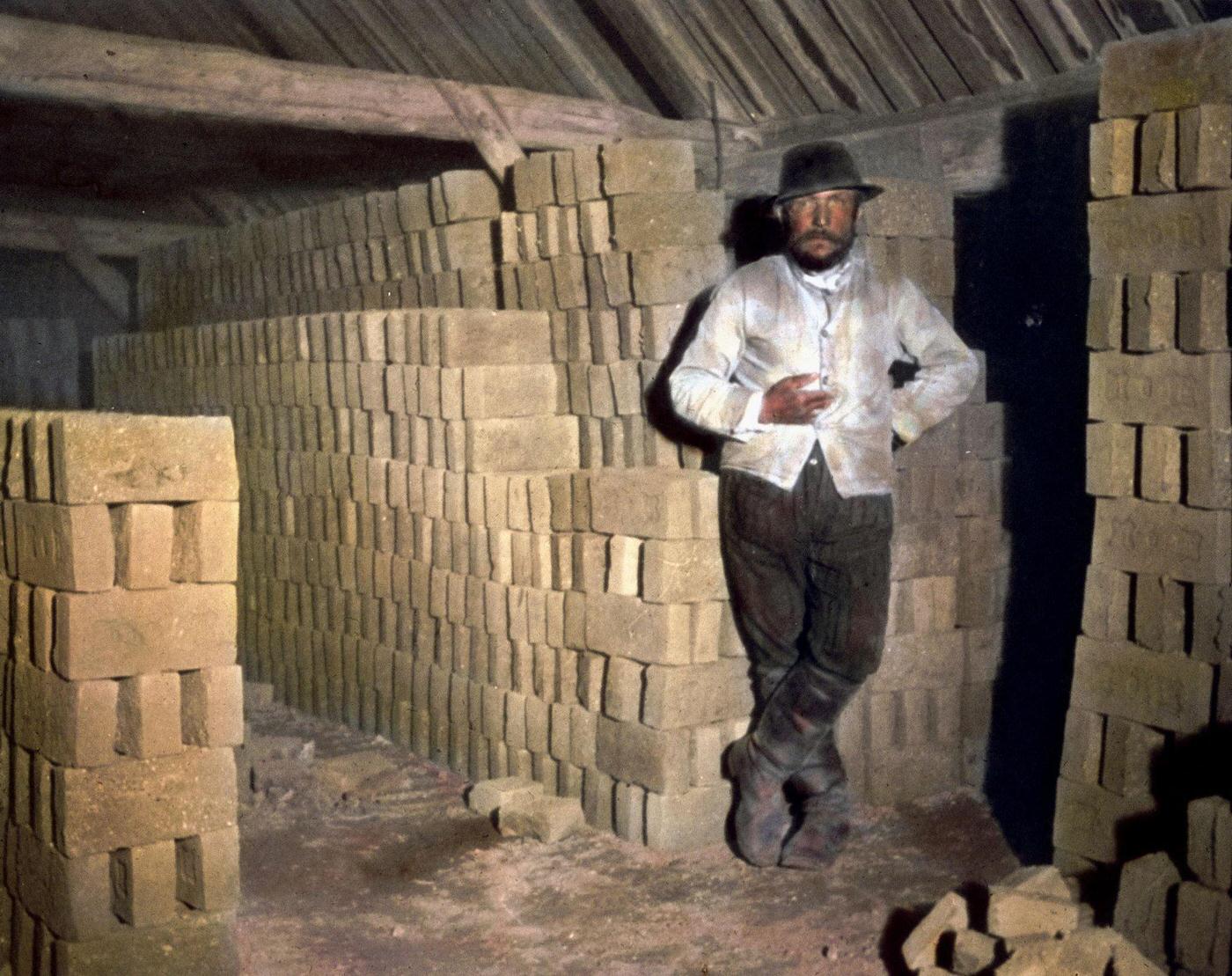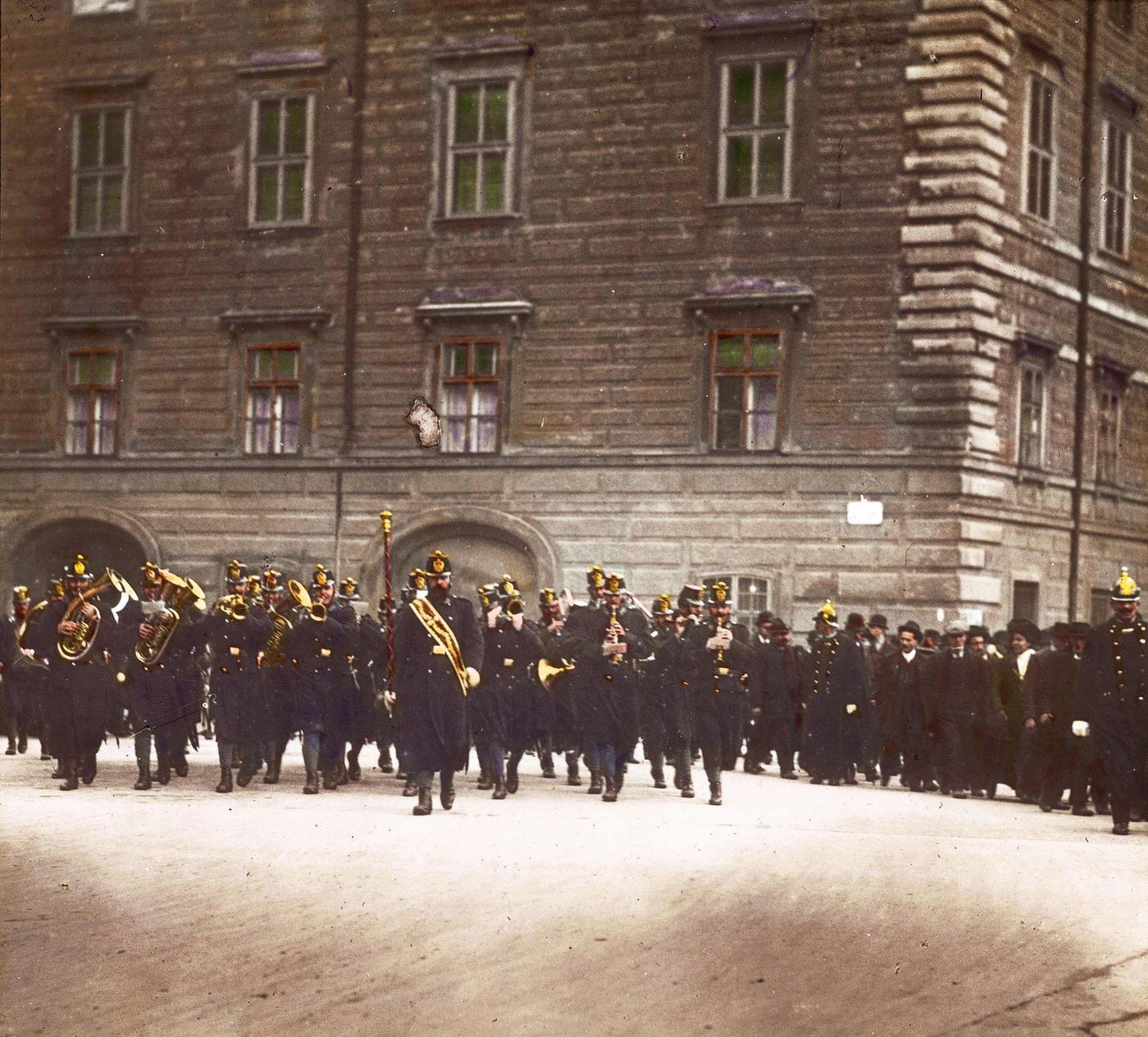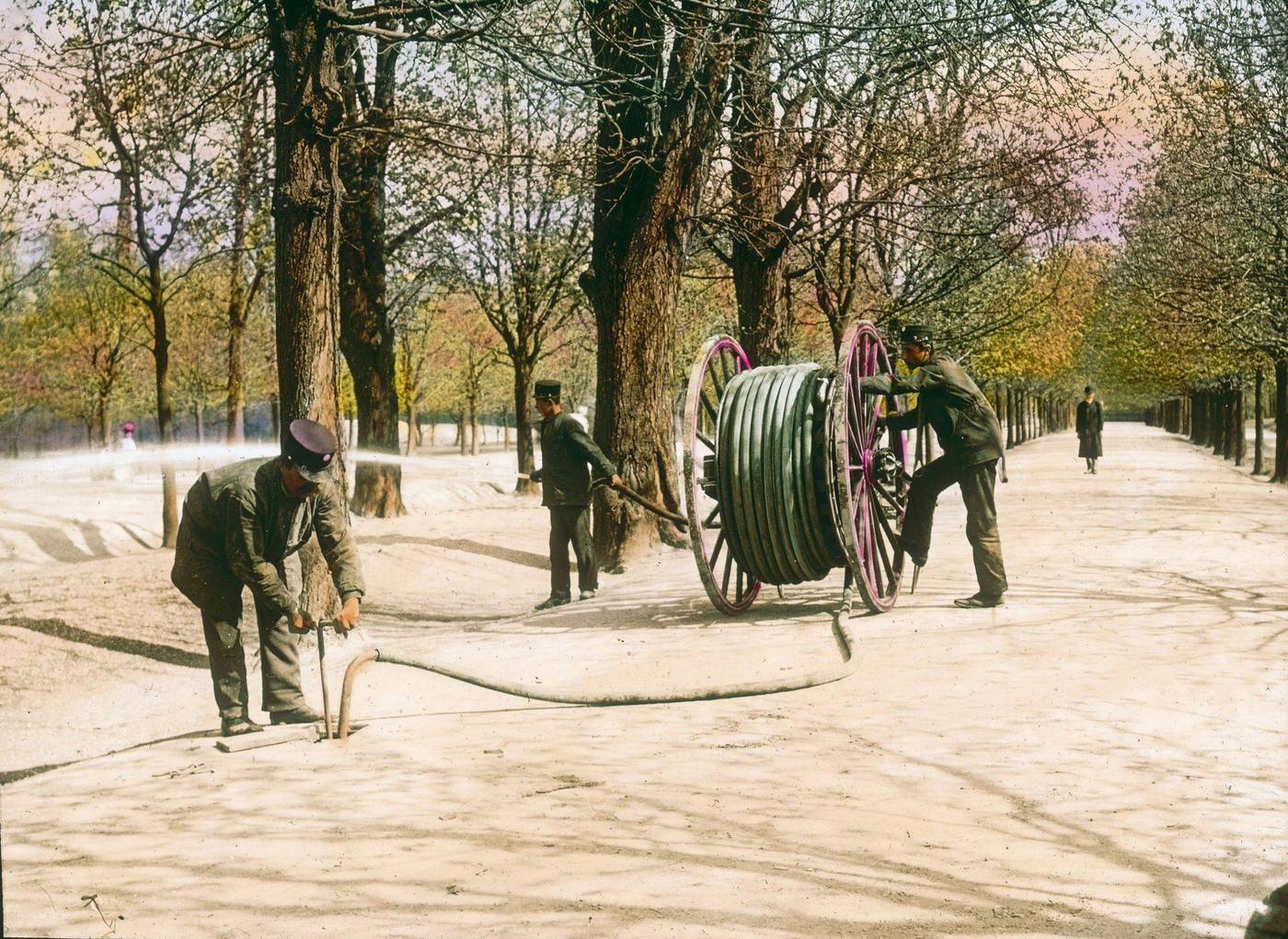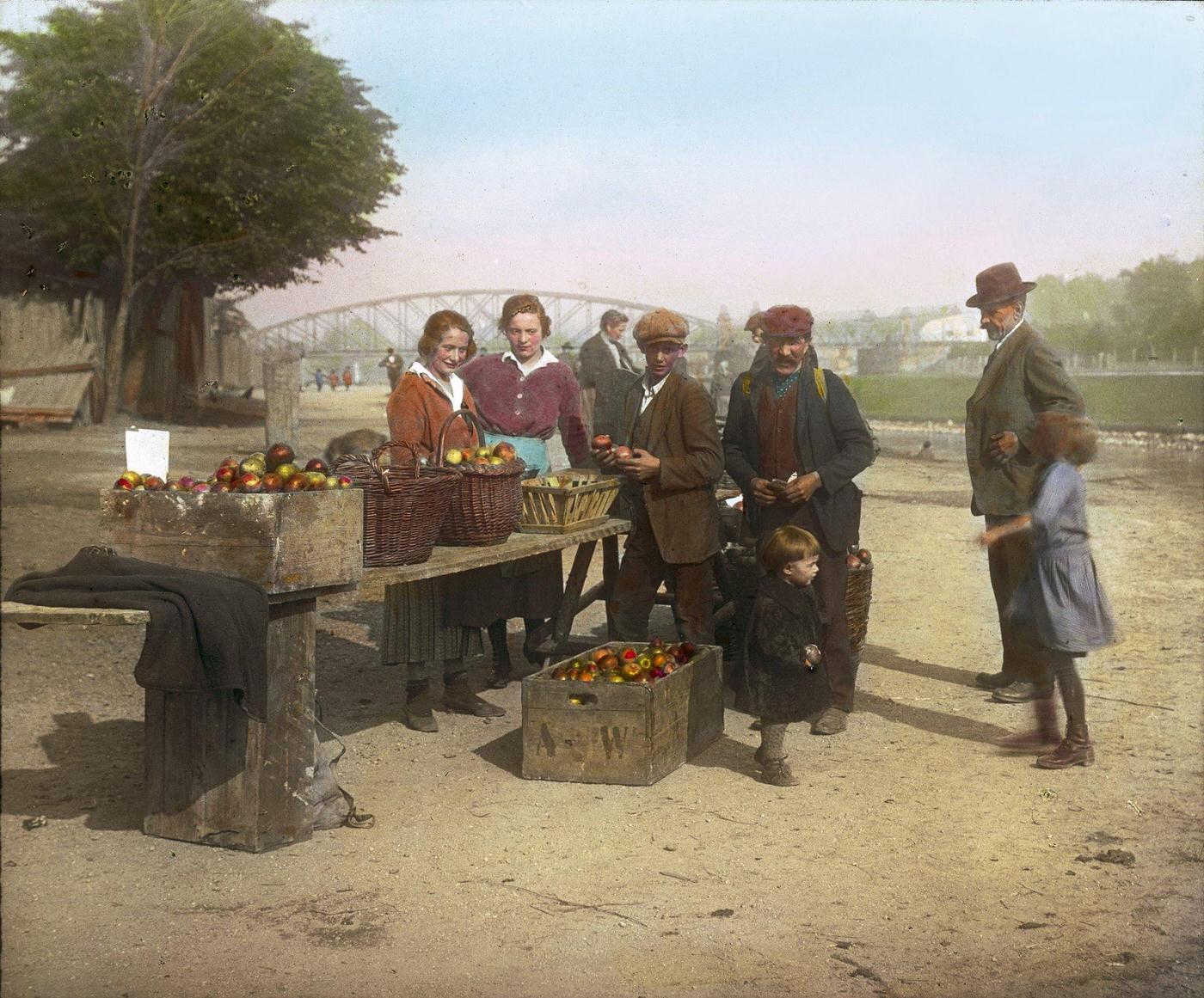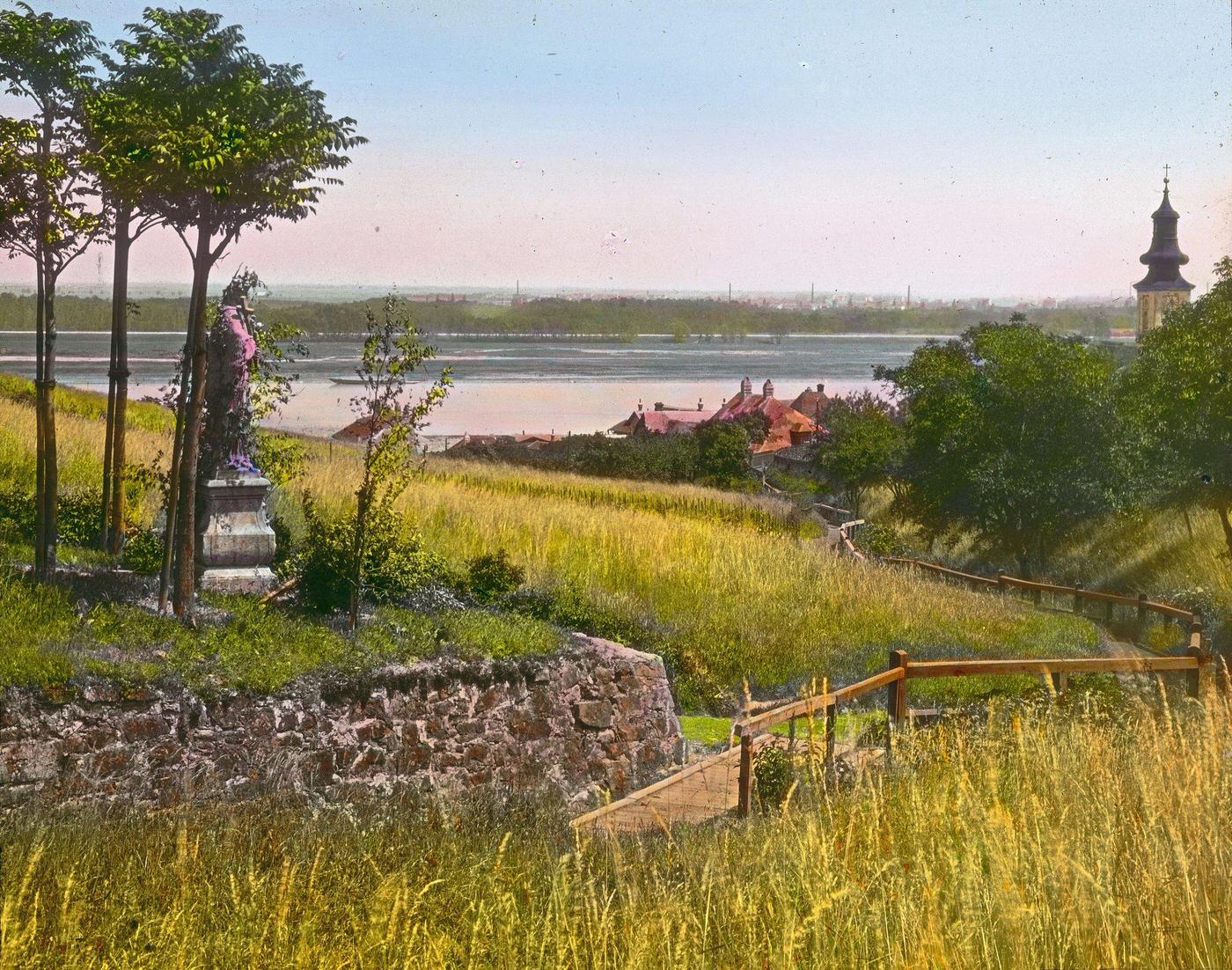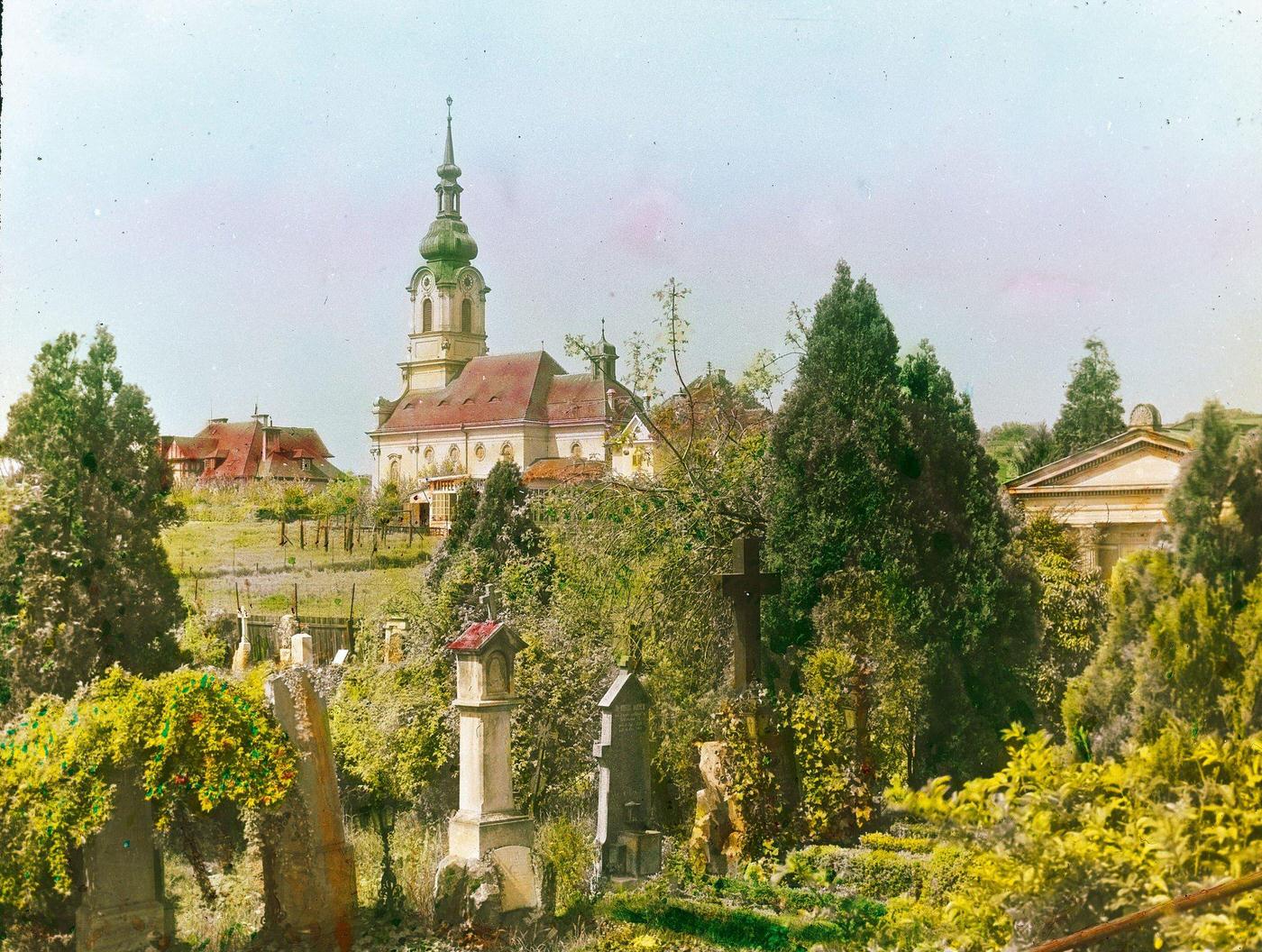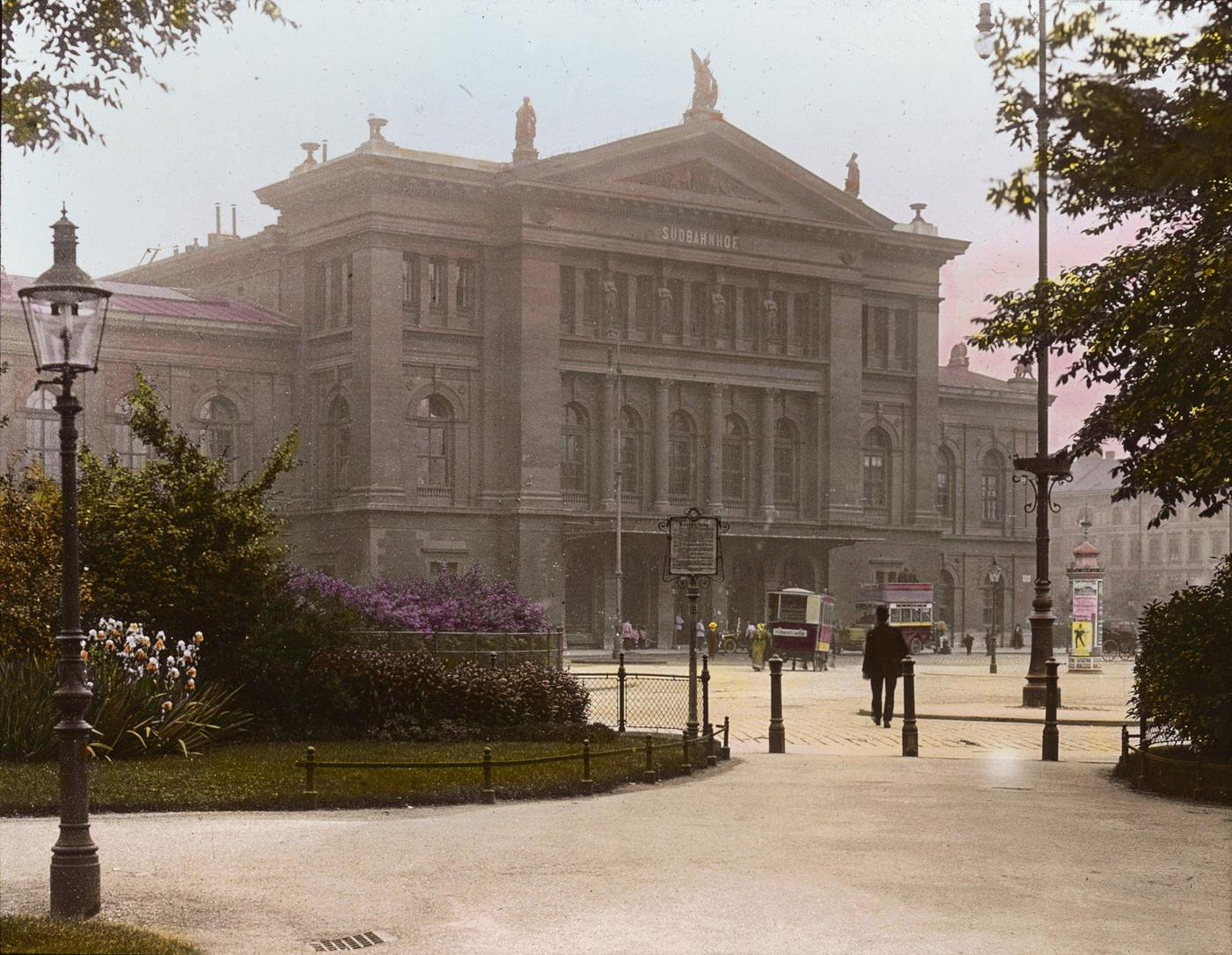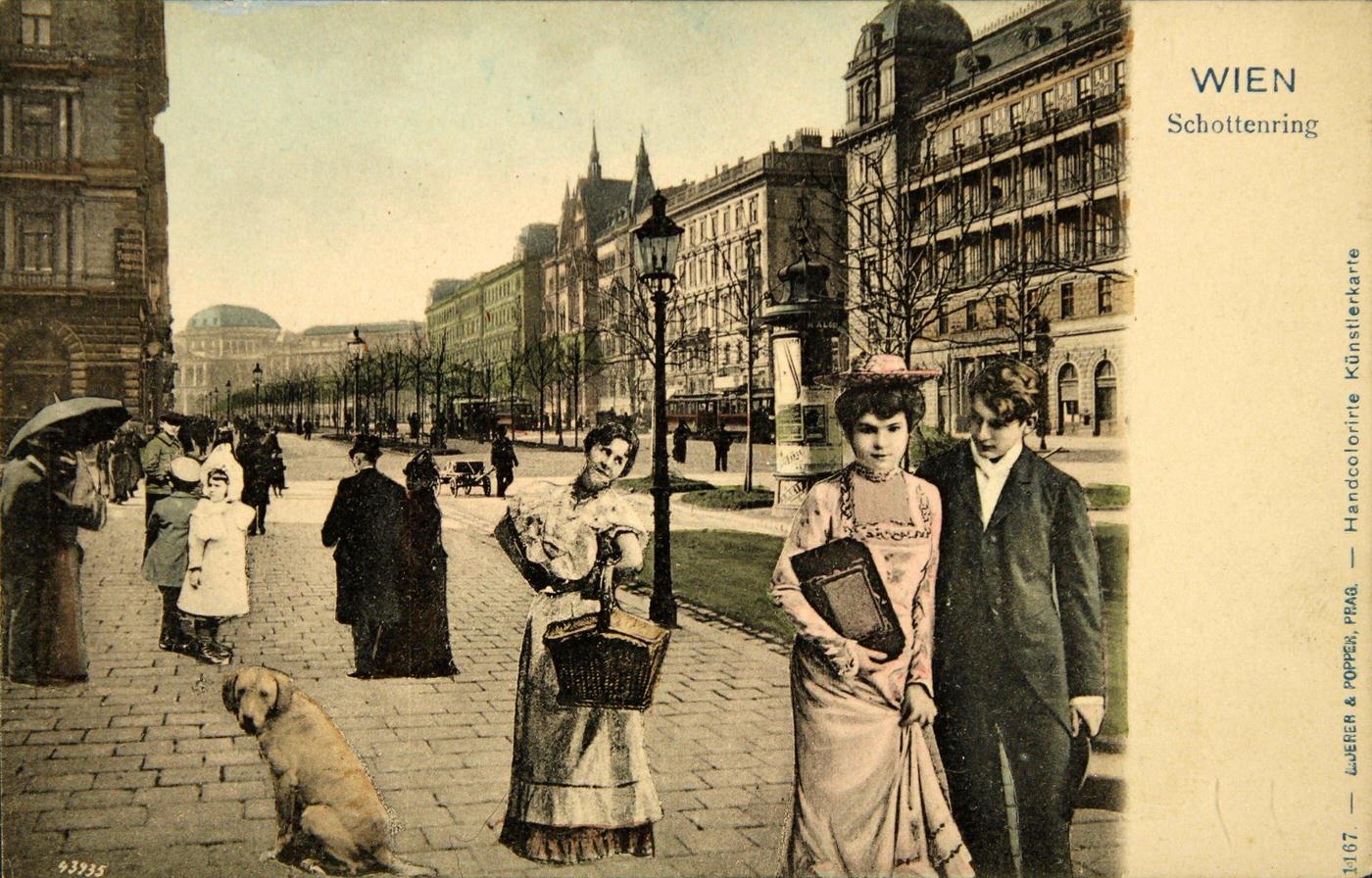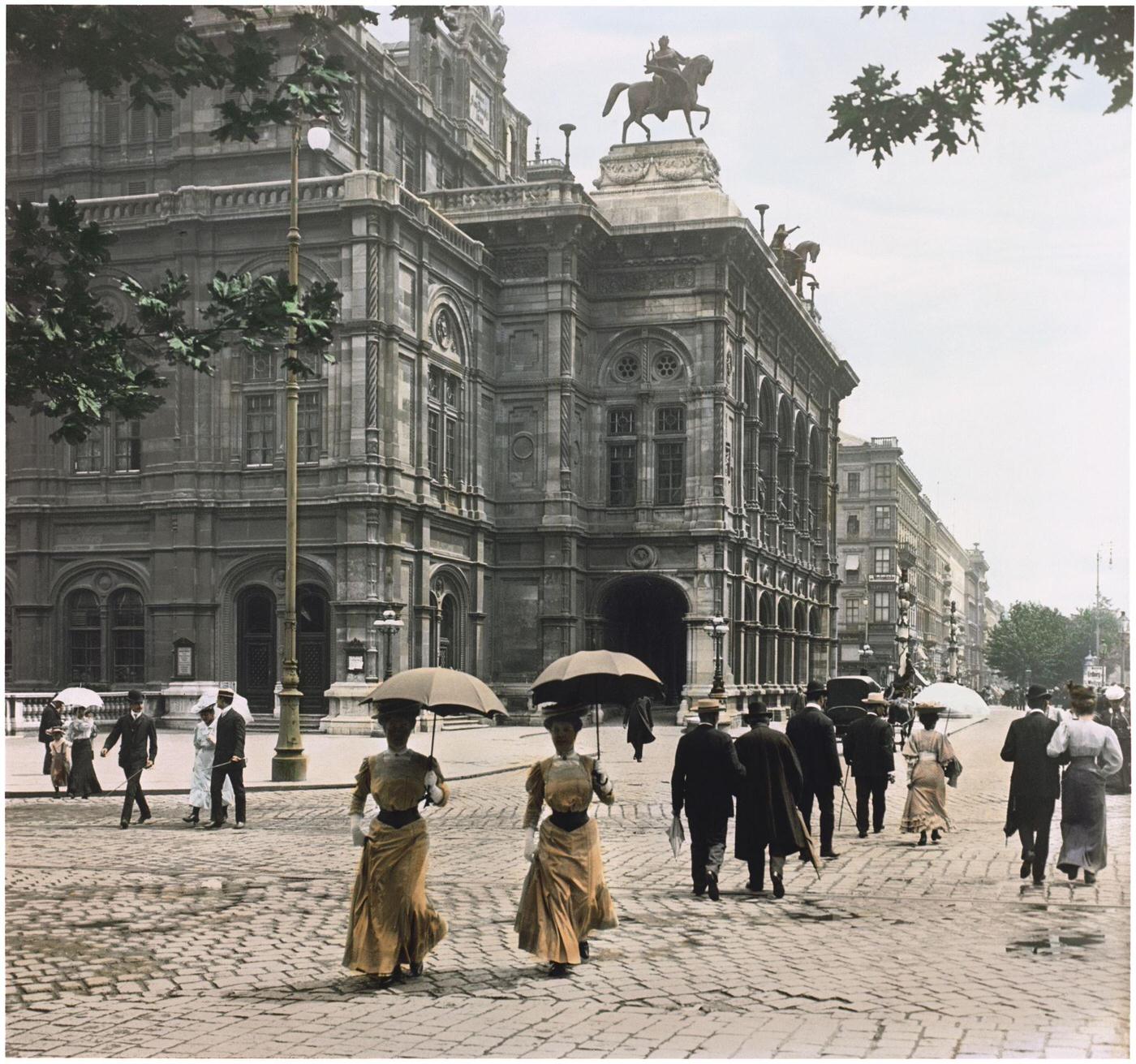In the early 20th century, postcards became a popular form of communication, capturing the essence of the cities and landscapes they depicted. They were colored using various methods, such as hand-coloring, tinting, or other early color photographic processes like Autochrome. These postcards revolutionized the world of photography with their vivid and true-to-life colors. Below are some breathtaking colorized postcards of Vienna from the turn of the 20th century.
These spectacular postcards helped preserve the essence of Vienna’s architectural and cultural heritage, making it possible for future generations to appreciate the city’s Beauty in all its glory. From the grandeur of the Hofburg Palace and the Gothic splendor of St. Stephen’s Cathedral to the elegance of the Schönbrunn Palace and the iconic Ferris wheel at the Prater amusement park, these postcards immortalize Vienna’s landmarks with stunning clarity. The vividness of the colors and the attention to detail in these images allow the viewer to truly appreciate the intricate designs and craftsmanship that went into creating these architectural wonders.
They also provide a unique insight into the everyday life of Viennese people at the turn of the century. Images of bustling marketplaces, horse-drawn carriages, and people going about their daily routines paint a picture of a city filled with energy and life. These snapshots of ordinary life allow us to understand the social and cultural context of the time, giving us a deeper appreciation of the history of Vienna.
Another fascinating aspect of these postcards is the portrayal of traditional Viennese attire, such as the elegant dresses and elaborate hats worn by women and the formal suits donned by men. These images capture the fashion trends and styles of the time, reflecting the city’s reputation as a hub of culture and sophistication. The clothing also offers a glimpse into the era’s social hierarchy, with the upper class’s attire distinguished by its luxurious materials and intricate details. They also document important events and celebrations in the city. From the pomp and circumstance of royal processions to the excitement and festivity of the annual Viennese ball season, these postcards encapsulate the city’s festive spirit. They preserve the traditions and customs that have shaped Vienna’s cultural identity, making them invaluable resources for historians and enthusiasts.







